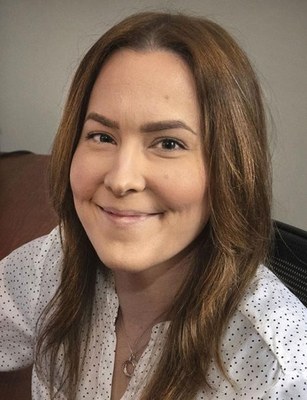Katia Lamer
(Brookhaven National Laboratory)
Going Mobile to Address Emerging Climate Equity Needs in the Heterogeneous Urban Environment
| What | Meteo Colloquium |
|---|---|
| When |
Nov 02, 2022 03:30 PM
Nov 02, 2022 04:30 PM
Nov 02, 2022 from 03:30 pm to 04:30 pm |
| Where | 112 Walker Building |
| Contact Name | Ken Davis |
| Contact email | kjd10@psu.edu |
| Add event to calendar |
|
 Abstract:
Abstract:
Cities are a focal point for mitigation and adaptation to climate change and are prime targets for attacks. Boundary layer meteorology largely controls the evolution of these phenomena in the layer of the atmosphere where people live. Unfortunately, current numerical models and observation sites have yet to be fully optimized to handle the many processes (e.g., thermal and atmospheric) and large amount of heterogeneity (both temporal and spatial) of the urban boundary layer, thus leading to major uncertainty in neighborhood scale predictions.
Aiming to address the need for environmental equity, Brookhaven National Lab formed the Center for Multiscale Applied Sensing (CMAS) to conduct research in three areas: 1- ground-based instrumentation and sampling techniques, 2- urban system modeling, and 3- symbiotic observation-simulation techniques. This talk focuses on the first prong of this approach, which led to the development of a new mobile observatory and smart sampling paradigm that optimizes data collection in the obstacle-laden urban environment.
The CMAS mobile observatory has thus far assisted the missions of the Department of Homeland Security and of the Department of Energy. For example, by collecting high-resolution horizontal wind profile data at locations of interest, the CMAS mobile observatory captured more precise information of the inflow winds responsible for the dispersion of gases and particles in downtown New York City. By collecting rapid sequences of vertical air motion and infrared temperature data along all four sides of a supertall building, the CMAS mobile observatory revealed how solar and anthropogenic heating systematically affect wind flow and thus the venting of heat, pollution, and contaminants in urban street canyons around the One Vanderbilt skyscraper. By collecting observations while in motion, the mobile observatory also revealed that air temperature disparities exist within New York City and Houston across different neighborhoods.
Ultimately, the datasets collected by CMAS are poised to help guide equitable urban planning by highlighting existing disparities and characterizing the impact of urban features on the urban microclimate with the goal of improving human quality of life.
